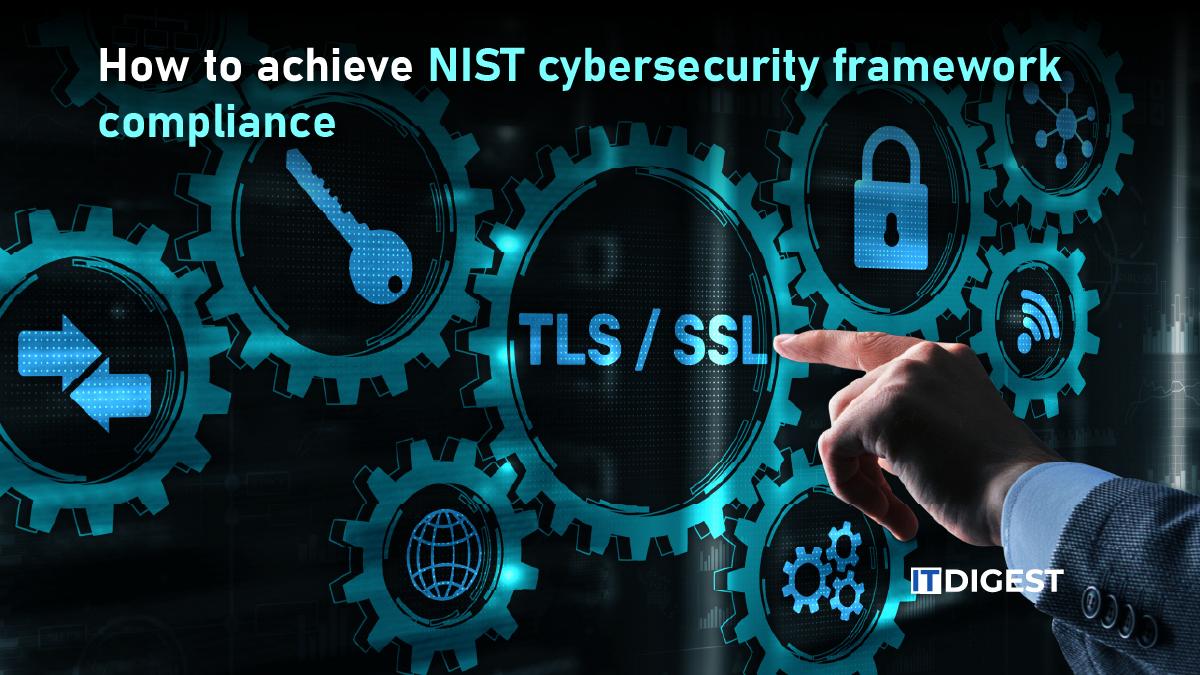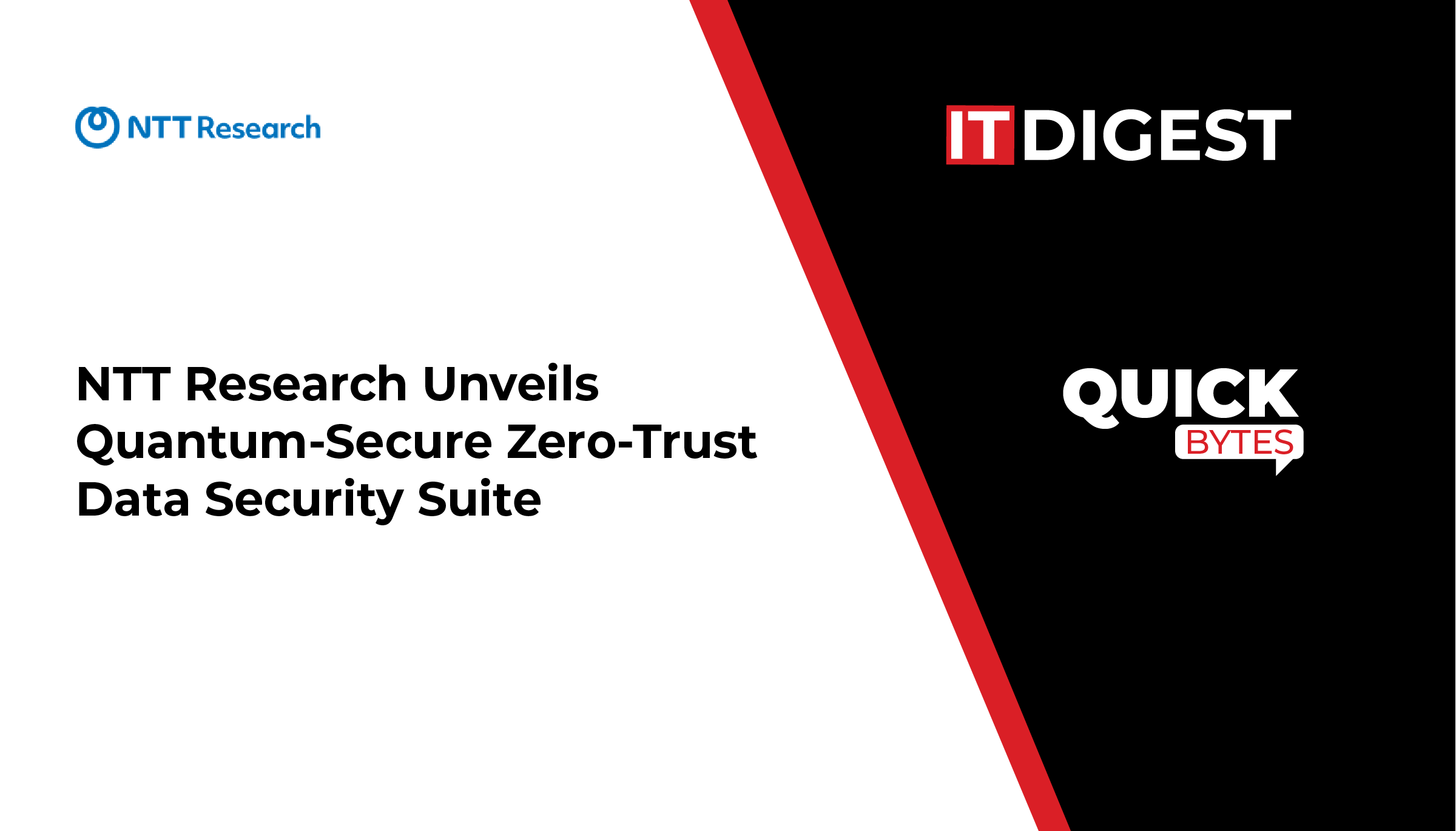The new Workforce Verification solution stops fake applicants who are on the rise with AI-generated resumes, deepfakes and fabricated identities.
Socure, the leading platform for digital identity verification, compliance, and fraud prevention operating in over 190 countries, announced the launch of its Workforce Verification solution to address the rapidly growing threat of employee fraud. Socure’s Workforce Verification adapts its enterprise-grade identity verification and fraud prevention specific to hiring workflows, detecting manipulated or fabricated identities before they enter organizations and addressing workforce risk at its source: identity.
“Identity fraud is no longer confined to the consumer realm, it’s infiltrating the workforce at an accelerating rate and has become a foundational risk to cybersecurity, compliance, and organizational trust that can put hundreds of billions of dollars of value at risk – or worse – unknowingly providing access to your most critical IT systems and employee data,” said Johnny Ayers, CEO & Founder of Socure. “Fraudsters are walking through the doors of corporations, posing as top-notch job applicants with AI-generated resumes, deepfaked credentials, and synthetic identities that evade outdated verification methods or human HR recruiters. As the number one platform for verifying identities across all industries, Socure’s launch of our Workforce Verification solution plays a critical role in advancing our mission to verify 100% of good identities in real time and completely eliminate identity fraud – now entirely critical for protecting this pillar of enterprise cybersecurity.”
Also Read: Swiss GRC Launches Contraqto, New Contract Management Software
Gartner predicts that by 2028, one in four job applications will be fake – and the consequences are staggering. HR teams and hiring executives are wasting time interviewing fake candidates, while legitimate talent gets overlooked. Fraudsters gain access to sensitive systems, siphon salaries and equipment, and in many cases, leak intellectual property or sell critical access to bad actors. Worse still, employers risk violating international sanctions if salaries are unknowingly paid to individuals in restricted countries, triggering potential regulatory penalties. Every fake hire represents real financial, cyber, and reputational loss.
Socure’s Workforce Verification solution integrates seamlessly into HR platforms, job boards, payroll systems, and applicant tracking systems (ATS), via a hosted UX, API or SDK, with complete customization to match the desired workflow. At the point of an employment application, Socure evaluates identity risk signals such as phone, email, device, geolocation, behavior, and education signals. This early screening blocks over 70% of fraudulent applicants before they even reach recruiters. If risk is detected, candidates are routed via a seamless RiskOS™ workflow to either step-up document and biometric verification via Socure’s DocV or manual review. SocureID, Socure’s persistent identity token powered by Socure’s Identity Graph, enables ongoing risk monitoring from application through offer, helping organizations block fraud while allowing trusted candidates to move forward smoothly. Socure’s RiskOS enables the continuous assessment of candidate risk during the entire recruiting, hiring and onboarding process through fully automated pause & resume functionality. Additional optional AI agents and verifications are also available for web-based reviews, criminal background screening, resume reviews and more.
“The advent of remote hiring and new generative AI-enabled attack methods like synthetic identities and deepfakes have ushered in today’s surge in employment fraud, and ironically we ourselves experienced an attempt at employment fraud firsthand,” said Rivka Gewirtz Little, Chief Growth Officer of Socure. “One candidate, who applied under the alleged name ‘Anthony’ had a polished big tech resume, a detailed LinkedIn profile and all the surface markers of legitimacy. But ultimately several red flags emerged and it became clear to us that he was a fake applicant who was likely tied to a North Korean employment fraud scam.”
Source: PRNewswire

































